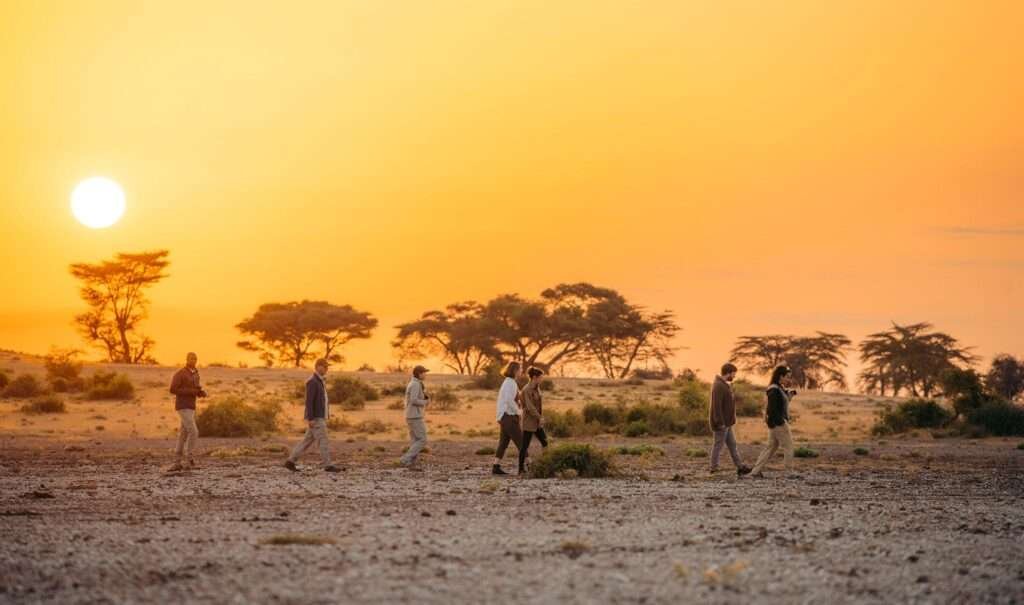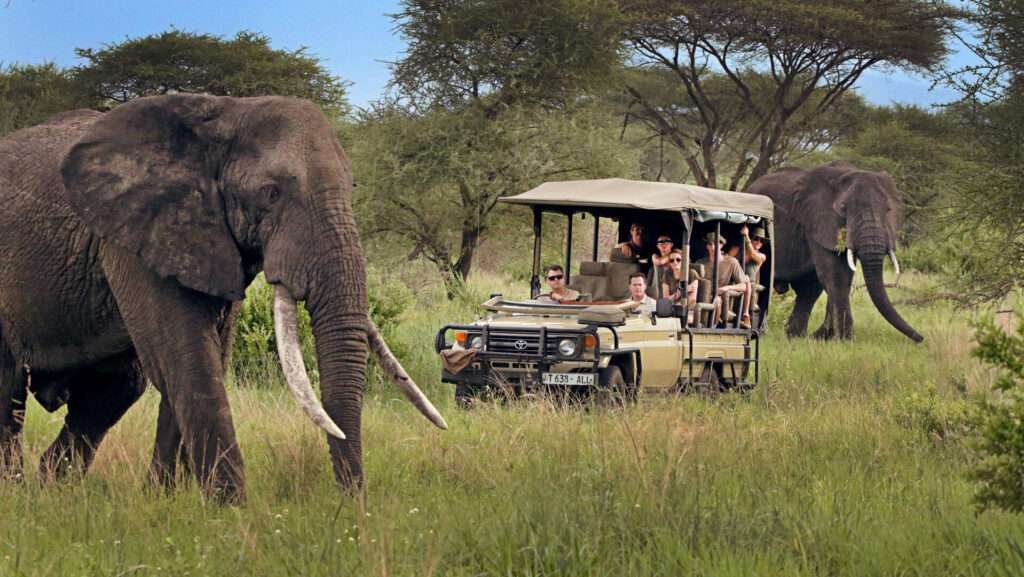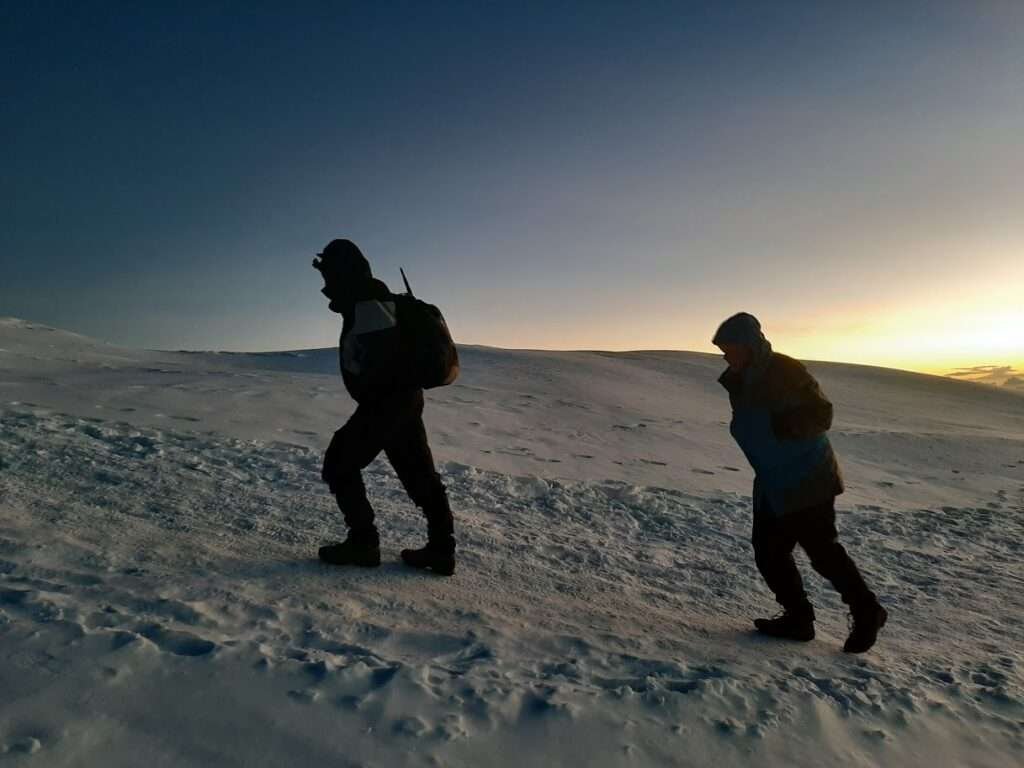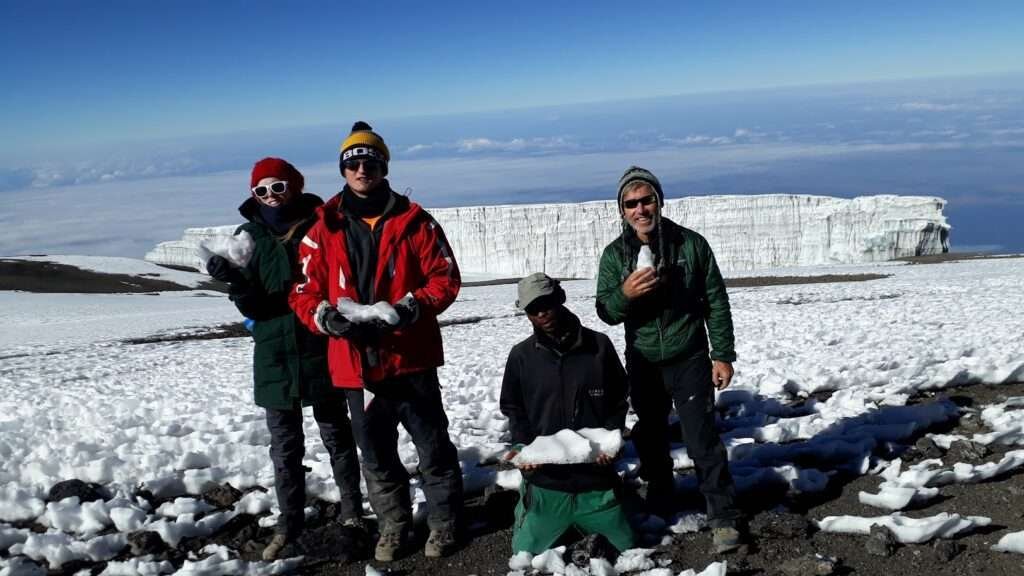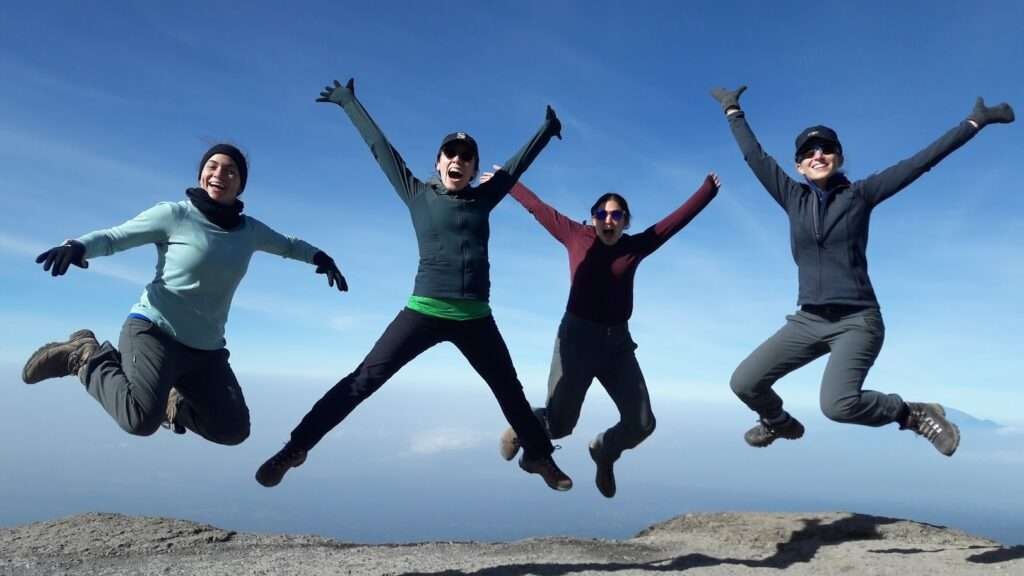Mount Kilimanjaro, Africa’s highest peak, offers a majestic adventure for trekkers from around the world. Choosing the best time to climb is crucial for a successful and enjoyable experience. This guide provides a comprehensive overview of the optimal times to embark on your Kilimanjaro journey, considering weather patterns, crowd levels, and unique experiences each season offers.
Understanding Kilimanjaro’s Climate
Mount Kilimanjaro experiences varying weather conditions due to its unique location near the equator. The mountain has five distinct climatic zones, from the base to the summit, each with its own weather patterns. The key to a successful climb is understanding these zones and how seasonal changes affect them.
Climatic Zones
- Cultivation Zone (800-1,800 meters)
- Warm and humid
- Lush farmlands
- Rainforest Zone (1,800-2,800 meters)
- Dense forest
- Frequent rainfall
- Heather-Moorland Zone (2,800-4,000 meters)
- Shrubs and heath plants
- Cooler temperatures
- Alpine Desert Zone (4,000-5,000 meters)
- Arid and dry
- Significant temperature fluctuations
- Arctic Zone (5,000+ meters)
- Ice and snow
- Extreme cold
Best Times to Climb
Dry Seasons: January to March and June to October
The dry seasons are widely regarded as the best times to climb Mount Kilimanjaro. These periods offer the most favorable weather conditions, with less rainfall and clearer skies.
January to March
- Advantages:
- Warmer temperatures
- Lower crowd levels
- Lush rainforest zone due to recent rains
- Considerations:
- Possibility of brief rain showers
- Snow on the summit can be heavier
June to October
- Advantages:
- Stable weather conditions
- Clear skies offering spectacular views
- Cooler temperatures ideal for trekking
- Considerations:
- Peak season leading to higher crowd levels
- Booking in advance is essential
Shoulder Seasons: April to May and November to December
The shoulder seasons are characterized by more variable weather but can still be a good time to climb for those seeking a quieter experience.
April to May
- Advantages:
- Fewer trekkers on the trails
- Lush and green scenery
- Considerations:
- Increased rainfall
- Slippery and muddy trails
November to December
- Advantages:
- Shorter rainy season
- Less crowded trails
- Considerations:
- Unpredictable weather patterns
- Higher chances of rain
Kilimanjaro Climbing Routes and Timing
Choosing the right route is as important as selecting the right season. Each route offers unique challenges and scenic experiences.
Marangu Route
- Duration: 5-6 days
- Highlights: Hut accommodations, gradual ascent
- Best Time: June to October, January to March
Machame Route
- Duration: 6-7 days
- Highlights: Diverse landscapes, camping experience
- Best Time: June to October, January to March
Lemosho Route
- Duration: 7-8 days
- Highlights: Remote and scenic, excellent acclimatization
- Best Time: June to October, January to March
Rongai Route
- Duration: 6-7 days
- Highlights: Less crowded, unique approach from the north
- Best Time: January to March, June to October
Northern Circuit
- Duration: 8-9 days
- Highlights: Longest route, best acclimatization
- Best Time: June to October, January to March
Preparing for Your Climb
Physical Training
- Start Early: Begin training at least three months before your climb.
- Cardio Exercises: Include running, cycling, and swimming.
- Strength Training: Focus on leg and core strength.
- Hiking Practice: Regular hikes with a weighted backpack.
Gear and Equipment
- Clothing: Layered clothing system for varying temperatures.
- Footwear: Sturdy, broken-in hiking boots.
- Accessories: Hats, gloves, and sunglasses.
- Technical Gear: Trekking poles, sleeping bag, and headlamp.
Health and Safety
- Vaccinations: Ensure all necessary vaccinations are up-to-date.
- Acclimatization: Follow a slow and steady ascent to prevent altitude sickness.
- Hydration: Drink plenty of water throughout your climb.
- Guides and Porters: Hire experienced guides and porters for a safer and more comfortable experience.
Conclusion
Climbing Mount Kilimanjaro is a once-in-a-lifetime adventure. Understanding the best times to climb, the various routes available, and preparing adequately are key to a successful and enjoyable trek. Whether you choose to climb during the dry or shoulder seasons, the breathtaking views and sense of accomplishment at the summit will be unparalleled. Embark on this incredible journey with confidence, and experience the beauty and challenge of Africa’s highest peak.
